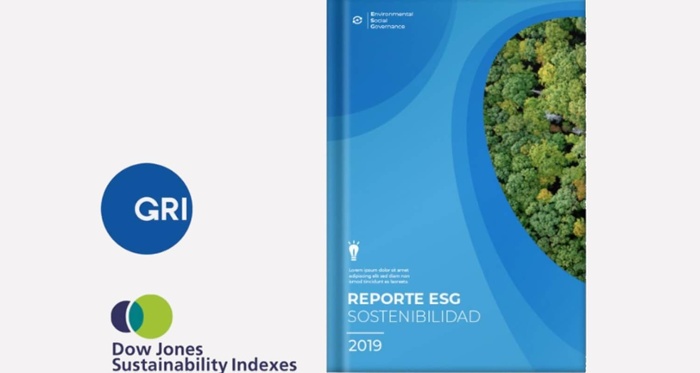How ESG criteria help combat Greenwashing

ESG practices have taken a predominant role in the business world and have become a requirement for companies. More and more investors are looking to allocate their money in organizations that are aligned with good practices in the environmental, social and corporate governance fields. With this new trend, avoiding simulating compliance with ESG criteria is one of the major challenges facing the market. This practice, known as greenwashing, is the attempt by an organization to make its products or services, and itself, appear sustainable when in fact they are not.
It is important to remember that sustainability is a principle and not just an outcome. The best way to ensure that business activities follow ESG criteria is to consider them before undertaking any activity. The effective integration of these criteria, together with the development of a culture that promotes sustainability both internally and externally, enables companies to acquire three major habits:
- Never forget the value you represent to your stakeholders.
- Always start problem-solving with a long-term view.
- Demonstrate with facts the quality of your commitment to sustainability.
Ready to put these criteria into action? Here's how
- Assess the ESG status of your company: It is important to start by analyzing whether you already have ESG-related activities and operations in place. If so, you should determine how their impact has been measured and how they have been made known to the different stakeholders. These criteria provide quantifiable data on which to act and are the basis for the sustainability strategy.
- Identify which operations hide ESG risks and opportunities: Which activities and operations work with valuable and relevant information from a sustainability perspective? They can be activities whose environmental, social and corporate governance performance is relevant to stakeholders' decision-making about the company itself and which are also measurable, quantifiable and transformable into data.
- Define objectives: ESG criteria serve to relate a company's sustainability to its economic performance. Therefore objectives generally aim to reinforce resilience, enhance innovation, strengthen competitiveness, increase the capacity to attract talent, customers, investment, and more. These objectives must also be translated and expressed in data, demonstrating that the company is on the path to sustainability.
- Establish and reinforce an ESG data collection system: Many say that this is the most technical and complicated task in the process, but it doesn't have to be. There are user-friendly softwares that manage information in an orderly fashion so that companies can measure, define improvement plans and make the best decisions. With them you can go through millions of data on your performance according to ESG criteria in minutes, keeping you informed of the sustainable compliance of your business.
It is also important to define an international standard for publication of the ESG Report that will guide the company's program over time. - Appoint a sustainability officer: It is valuable to have someone to monitor and enforce compliance with the ESG strategy. This person should oversee the use of the management software, which will serve to mainstream ESG issues in the organization, strengthen the quantification of ESG performance with homogeneous indicators, reinforce the monitoring of non-financial risks and their impact, and identify stakeholder expectations.
Avoid greenwashing with ESG criteria
In companies, greenwashing occurs when ESG initiatives are presented as an image-enhancing measure and not as a fundamental change. This is a very risky short-term measure and does not benefit the scenario in which we find ourselves; the one that requires incorporating sustainability as one of the strategic pillars of companies, making it a critical variable in decision-making and resource allocation, thus contributing to achieve long-term objectives through responsible management.
M-Risk's software solutions allow to fully address the issue of sustainability, achieving a successful management of triple environmental, social and governance (ESG) impact.



